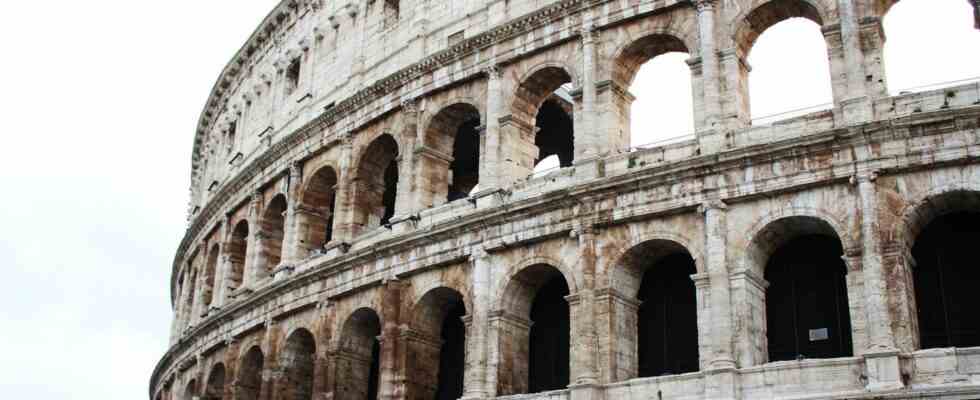archeology
The secret of Rome’s buildings: a concrete that mends itself
Despite its age of almost 2000 years, the Colosseum in Rome is still relatively well preserved. Researchers have now discovered what makes the ancient buildings so durable.
© agefotostock / Imago Images
Structures from ancient Rome have amazed people for decades. Their concrete is still extremely stable. Scientists have now found out why: It has self-healing powers.
Whether it’s the Pantheon or the Coliseum: a large number of buildings from the Roman Empire are still at least partially intact. Although some of them are almost 2000 years old, they are still surprisingly stable. The legendary Roman concrete still holds them together. Scientists have now discovered what the secret of the “opus caementitium” is: it mends itself.
Rome: Scientists solve the mystery of the legendary ancient concrete
As the “Süddeutsche Zeitung” reports, American scientists from the Massachusetts Institute of Technology (MIT) want to have found the special ingredient: Small lumps of lime could make Roman concrete and mortar so stable and could even provide self-healing powers.
If cracks form in the concrete through which water runs, calcareous minerals are formed that fill the cavities again. A concrete that patches itself.
The components of Roman concrete have been known to researchers for a long time. Different teams repeatedly examined the substance. In it they found, among other things, volcanic ash and rocks and seawater. Ingredients that increase the shelf life of the mass anyway through chemical reactions. The scientists also found the small lumps of limestone. But for years they dismissed them as impurities – apparently a mistake.
Anything but impurities: lumps of lime had an important function
“Ever since I started working with ancient Roman concrete, I’ve always been fascinated by these components,” said Admir Masic, leader of the research group, which may now have recognized the true importance of limestone in Roman concrete. The idea that the presence of the lumps of calcium was due to poor quality control always bothered him, MIT said in a press release.
The scientists therefore examined more closely whether the limestone did not have a specific function in the concrete mixture. To find out, they examined mortar from the walls of the ancient site of Privernum near today’s city of Priverno, south-east of Rome.
They discovered that ancient concrete was made up of sand, volcanic ash, chunks of volcanic rock, water, and lumps of quicklime. Slaked lime was also found in some cases.
As the “Süddeutsche Zeitung” reports, the reaction of water with the surface of the unslaked lime (calcium oxide) produces slaked lime (calcium hydroxide), which is accompanied by heat development of up to 60 degrees Celsius.
The slaked lime, in turn, reacts with water and sand to form a cement-like binder, which releases even more heat. The scientists call this “hot mixing”. As a result of the reactions, the rock fragments are more firmly integrated into the cement matrix. On the other hand, the curing and setting times are significantly reduced, according to Masic.
In a test, Roman concrete was able to fill a crack within 30 days
The researchers mixed concrete mixtures with and without lumps of lime and compared them in experiments. They allowed both mixtures to harden, split them and joined them in such a way that a 0.5 millimeter wide crack remained. They then poured water over both test setups.
The result: While the water flowed through the gap almost unhindered even after 30 days with the concrete without lime lumps, the gap with the concrete containing lime was almost tight.
archeology
300 coins in an amphora – the gold treasure of Como
The reason for this is that the crack also split the limestone. The unslaked lime reacted with the water to form slaked lime, mineralized and thus filled the gap. As exciting as the findings are for understanding the historical “recipe” of Roman concrete, they could also be practical for today, according to the scientists. According to Masic, the formula can also improve the durability of 3D-printed concrete.
Sources: Southgerman newspaper, Science Advances

